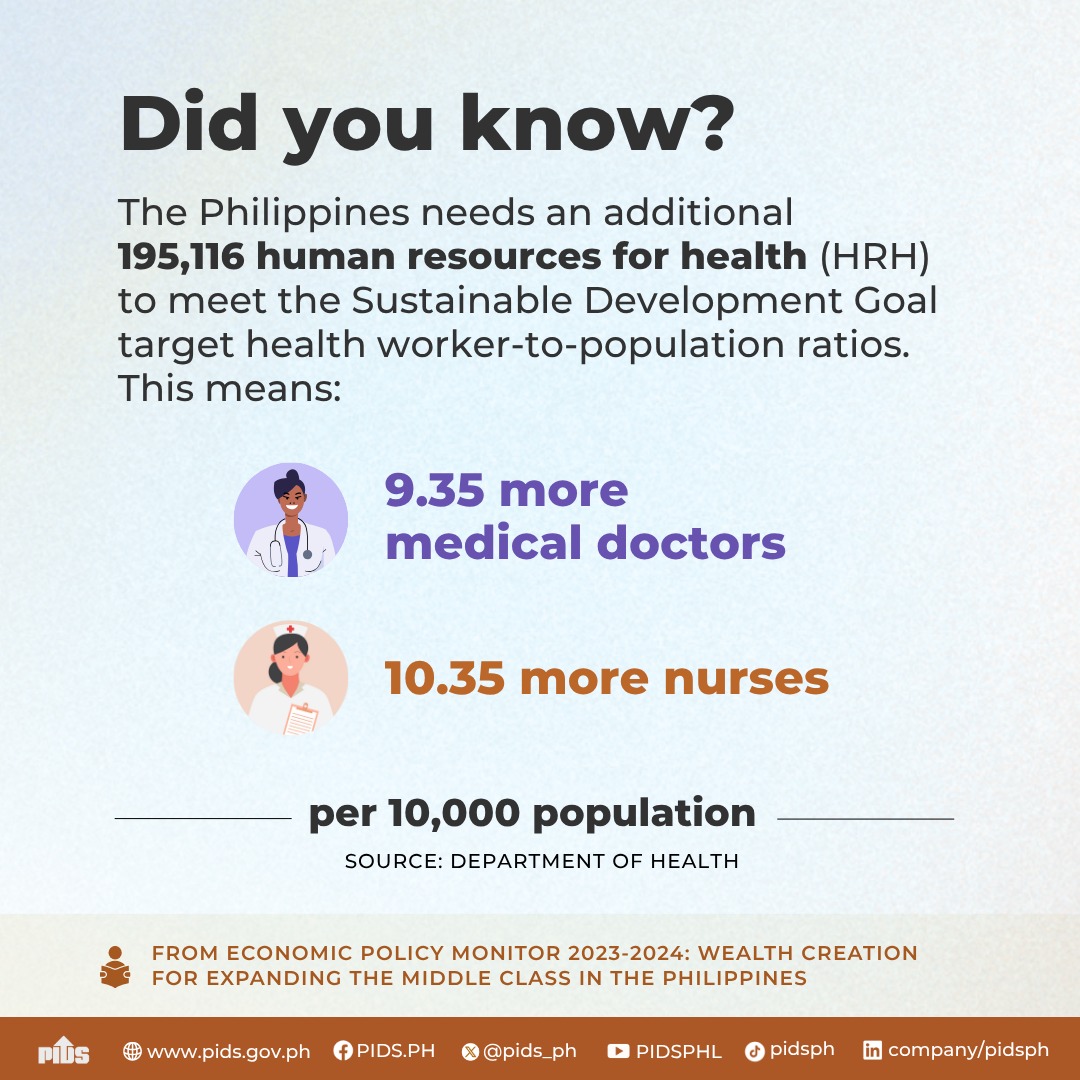Midway through the Millennium Development Goals initiative by the United Nations, the Philippines introduced a conditional cash transfer program aimed at enhancing the country’s progress towards fulfilling the MDGS. Patterned after the basic CCT structure that were implemented in Mexico and Brazil in the 1990s, the Philippine version was launched in 2007. Its objectives were to provide cash assistance to the poor to alleviate their immediate needs and to break the intergenerational poverty cycle through investments in human capital.
Countries were supposed to achieve the MDGS by 2015, but the Philippines struggled to reach some of the targets, based on data from the Philippine Statistics Authority (PSA). Eight years after the Philippine government launched the Pantawid Pamilyang Pilipino Program or 4Ps, data from the PSA indicated that the Philippines fell short of some of the MDGS. The Philippines did not achieve its goals for these indicators: halve the proportion of population living below national poverty threshold, halve the prevalence of underweight children under five years of age using Child Growth Standards, and reducing by half the percentage of household with per capita energy intake of less than 100 percent.
When 4Ps was first implemented, a discussion paper published by government think tank Philippine Institute for Development Studies (PIDS) noted that it provided P6,000 annually or P500 per month for each household selected by the program for health and nutrition expenses. Also, it granted P3,000 per child for one school year (10 months) or P300 per month for educational expenses. Up to a maximum of three children for each household can receive a subsidy.
These benefits have already been adjusted, based a report available on the website of the Department of Social Welfare and Development (DSWD). The health grant has been increased to P750 per month for each household. As for the education grant, P300 per child was given to those in elementary, P500 per child in junior high and P700 per child in senior high school. The government has also added a rice subsidy of P600 per month for active and compliant households.
Despite this, Pids said in a recent report that the impact of 4Ps on key nutrition indicators was “negligible.” These indicators include height-for-age z-scores, weight-for-age z-scores, and wasting prevalence. (See, “4Ps may not be enough for licking child malnutrition,” in the Businessmirror, November 22, 2024). The study noted that beneficiary households faced challenges in meeting dietary requirements as food costs increased, exacerbating poor nutritional outcomes for non-beneficiaries.
This is a cause for concern, particularly since the Philippines has also committed to achieve the Social Development Goals that are loftier than the previous MDGS that were introduced in 2000. Under SDGS, countries including the Philippines, should eliminate hunger by 2030 or in six years. Policymakers should heed the recommendation of the government think tank and review 4Ps and determine how it could be refined to achieve not only SDGS but also to deliver the campaign promises of the current administration.












